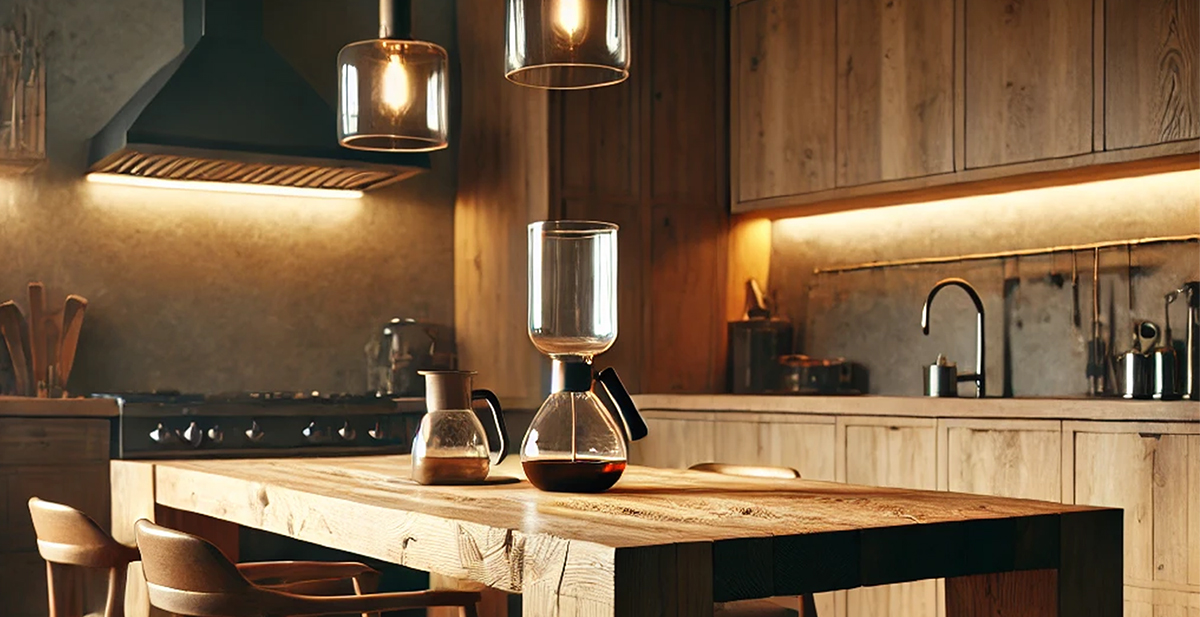Home » Coffee Knowledge » home-brewing » Siphon Coffee Brewing Method

The siphon brewing method, also known as vacuum brewing, traces its origins back to the 1830s. Invented independently in both Germany and France, this brewing technique quickly became popular across Europe for its theatricality and the pure, flavorful coffee it produced. Its distinctive glass chambers and mesmerizing brewing process transformed coffee-making from a simple task into a captivating display.
Throughout the 20th century, siphon coffee brewing experienced waves of popularity, particularly in Japan, where it was elevated to an art form in specialty cafés. Today, siphon brewing continues to captivate coffee enthusiasts worldwide, offering a combination of science, aesthetics, and exceptional taste. Its enduring charm lies not only in its dramatic preparation but also in the remarkably clean and aromatic cup of coffee it consistently delivers.
At first glance, siphon brewing might seem complicated, but it’s actually pretty straightforward—and a whole lot of fun to watch. The setup has two main parts: an upper chamber and a lower chamber, connected by a glass tube. When heated, water in the bottom chamber rises upward (thanks to vapor pressure) and mixes with the coffee grounds waiting in the top chamber. This is when the magic—or science—really kicks in.
After a brief steep, you remove the heat, and as the lower chamber cools, the brewed coffee gets pulled back down through a filter. This vacuum action separates the grounds, leaving you with a crystal-clear cup of coffee that’s smooth, aromatic, and rich in flavor. It’s like having your own mini chemistry experiment every morning—and the result is delicious every time.
Once you’ve got the basics of siphon brewing down, there are plenty of little tweaks you can make to elevate your coffee even further. First, try playing around with the grind size: a slightly finer grind will give you a bolder, more intense flavor, while a coarser grind offers a softer, more subtle cup. Don’t hesitate to experiment—you might discover a taste profile you absolutely love.
Next, water temperature can be a game changer. Although the siphon process naturally keeps temperatures pretty consistent, adjusting the heat slightly can fine-tune your results. Aim for a temperature around 195°F to 205°F (just below boiling) for the best extraction. Investing in a reliable thermometer can make this easier and give you consistent results every time.
Finally, don’t forget the importance of timing. Steeping your coffee a little longer or shorter can dramatically impact the taste. Generally, a brew time of around 90 seconds is a great starting point, but feel free to experiment. After all, siphon brewing is part art, part science—and completely rewarding when you find your perfect cup.
We care a lot about the experience you have with coffee. A lot of work has gone into getting great beans to your door.
Get Updates From Us When We Create New Ways To Explore Coffee!